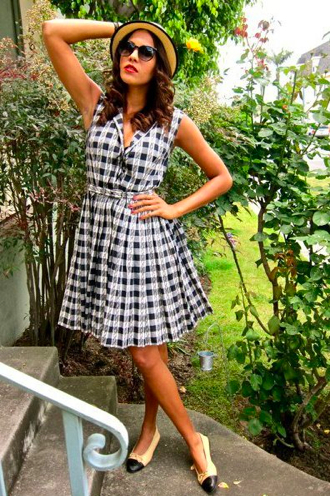#2 HDPE, #4 LDPE and #5 PP Plastics:These opaque bottles are made of either polypropylene or polyethylene, which are not known to leach carcinogens or endocrine disruptors. Look on the bottom of the bottle for the recycling symbol: polyethylene has #2 (high-density polyethylene, HDPE) or #4 (low-density polyethylene, LDPE) in the chasing-arrow triangle, and polypropylene (PP) has #5. Polycarbonate bottles are #7 and may be labeled “Other” or “PC.” If the bottle isn’t labeled, call the manufacturer.
PES Plastics: Although polyether sulphone, or PES, hasn’t been studied as thoroughly as #2, #4 and #5 plastics, lab studies have found that it does not leach BPA or phthalates (a hormone-disrupting plasticizer commonly used in #3 PVC plastics). PES plastics may be labeled with a #7 like polycarbonate is, since both plastics fall into the “Other” category. If you see a #7 and aren’t sure if it’s PES or PC, call the manufacturer before using it.
Silicone Nipples: Replace standard rubber nipples (amber-colored) with clear, silicone nipples. Not only are silicone nipples free of cancer-causing nitrosamines, but they last longer.
-
Before first use, sterilize bottles in boiling water.
-
Inspect bottles and nipples before each use and discard those with cracks or scratches.
-
To avoid dangerous hot spots, breast milk or formula should never be heated in the microwave. Stovetop heating can cause glass bottles to burst and plastic ones to melt, especially when supervised by sleep-deprived parents. Instead, place the filled bottle in a bowl of hot water and swirl it periodically.
-
To avoid tooth decay and injuries, don’t let baby sleep with or walk around with the bottle.









0 comments ↓
There are no comments yet...Kick things off by filling out the form below.
Leave a Comment